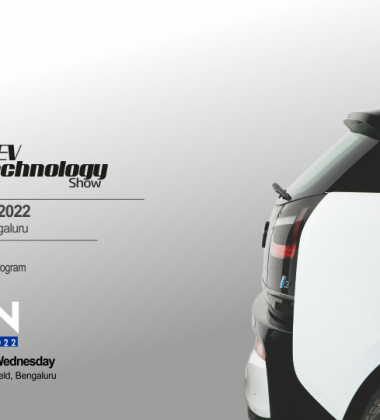On average, EV batteries only degrade at a rate of 2.3% of maximum capacity per year, so with proper care you can reliably expect your EV battery to last as long or longer than ICE drivetrain components.
Along with range anxiety and lack of charging infrastructure, battery degradation is also one of the main hurdles in making Electric Vehicles feasible for the masses. Different types of Lithium batteries have different life cycles depending on their chemistries, normally it would be somewhere between a few hundred to a few thousand. Over this charge cycle due to aging, batteries lose its original, meaning the vehicle won’t give as much range as compared to its initial performance on a single charge. This measure of loss in capacity of Battery is called Battery Degradation.
What are the reasons for battery degradation?
It is difficult to point one particular reason for Battery Degradation, it can be caused by multiple factors. Operating and storage conditions like Overcharging, Deep discharging, charging with a high C rate, storing with full SOC, operating and storing in high temperature are the major causes that affect the battery health and lead to battery degradation. Internal chemical reactions like Damage of the Crystalline Structure of anode, formation of SEI layer and corrosion also cause battery degradation.
Calendar Aging of Lithium-Ion Batteries
The calendar aging of lithium-ion batteries is investigated at different temperatures for 16 states of charge (SoCs) from 0 to 100%. Three types of 18650 lithium-ion cells, containing different cathode materials, have been examined. Calendar aging does not increase steadily with the SoC. Instead, plateau regions, covering SoC intervals of more than 20%–30% of the cell capacity, are observed wherein the capacity fade is similar. Differential voltage analyses confirm that the capacity fade is mainly caused by a shift in the electrode balancing. Furthermore, the high impact of the graphite electrode on calendar aging. Lower anode potentials, which aggravate electrolyte reduction and thus promote solid electrolyte interphase growth, have been identified as the main driver of capacity fade during storage. In the high SoC regime where the graphite anode is lithiated more than 50%, the low anode potential accelerates the loss of cyclable lithium, which in turn distorts the electrode balancing. Aging mechanisms induced by high cell potential, such as electrolyte oxidation or transition-metal dissolution, seem to play only a minor role. To maximize battery life, high storage SoCs corresponding to low anode potential should be avoided.
How Long Does an Electric Car Battery Last?
Fortunately for consumers, the government mandates EV manufacturers to warranty batteries for 8 years or 100,000 miles, while California extends that warranty to 10 years or 150,000 miles.
As EV battery packs become cheaper to manufacture, companies can create larger batteries with more energy potential, which in turn increases their mile-range. Additionally, the improved technology reduces the degradation of batteries, meaning that over time the maximum potential stays closer to the new battery. And because newer batteries already have greatly increased in mileage range, as they degrade they will still maintain a longer mileage range than batteries from just a few years ago. Finally, because lithium-ion batteries are made up of many individual cells, you rarely need to replace the entire battery as it degrades. Instead, you can save money by simply replacing dead cells.



